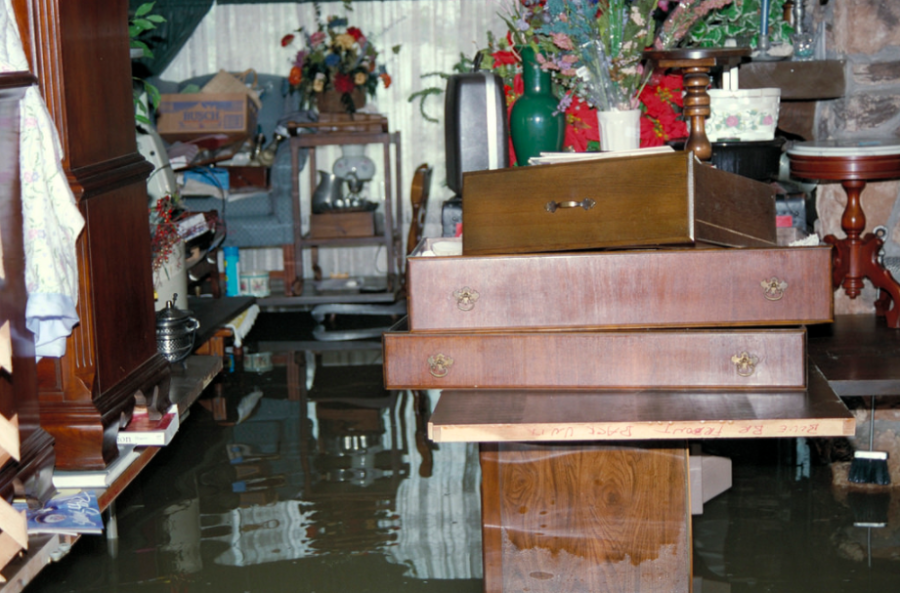Whether it’s a mancave of solitude or a simple storage area, basements are a key part of many homes. And whether we like it or not, basements are especially susceptible to flooding. If you’re facing the unfortunate reality of a basement flood, here’s what to do.
- Don’t wade through the water
If your basement floods, you’ll likely have the urge to go through the water and try to salvage valuables or sentimental items. It’s important that you don’t. Even if your home has lost power, there’s still a chance you could be electrocuted in a flooded basement if someone is running a generator nearby, or if the power suddenly returns. Call your utility company to disconnect the home’s electric meter before making any moves. Customers should also stay out of damp basements if water is in contact with electric appliance. - Pump out the water
Once you’ve assured that the power is off, look for ways to get water out of the basement. Many times, water will begin to recede on its own but it’s also helpful to set up a system to get it out quicker. Be sure you’re pumping water far enough away from the house (and your neighbors’ houses) so that it doesn’t creep back into the foundation and back into the basement. Always use gloves in the process to protect your skin from any chemicals or contaminants that might have been mixed in the water and have patience if it’s a slow process. - Throw away all damaged electric equipment
An unfortunate reality is that after a flood, nearly all exposed electrical equipment is almost certainly ruined. Damaged appliances that have been flooded are extremely dangerous to operate and could present more risks than they’re worth. Items that will almost-always need to be replaced include: circuit panels and breakers, blowers and fans, fuse boxes, furnaces, boilers, air conditioners and more. - Protect your home from future floods
While a flooded basement can sometimes be inevitable, there are ways to prevent it from happening. Simple tricks like cleaning your gutters and finding and diverting water-pooling spots away from the house can make a big difference, in addition to installing a sump pump and water alert system. Be sure to have an emergency preparedness plan in case of a flood and talk to your insurance agent about a flood insurance policy. - Stay tuned to the news
Make sure you pay attention to your local news or MDOT’s map of flooded roads for warnings in your area. You can also monitor the flood’s progress to get an idea when the weather will dry out by visiting: weather.gov. - Check DTE’s outage map
Customers can use the DTE Energy Mobile App or visit outage.dteenergy.com to report an outage or downed wire, view the outage map and check the status of an outage.
As always, call 9-1-1 if you have an emergency that requires immediate attention. Stay safe and dry!
This blog post was originally created in 2017, and was updated August 28, 2020.
